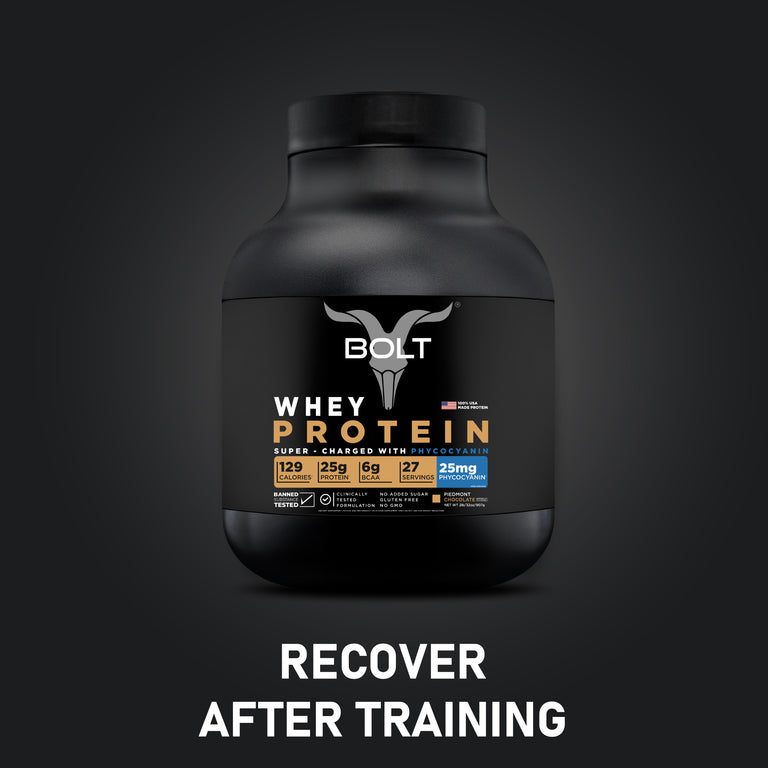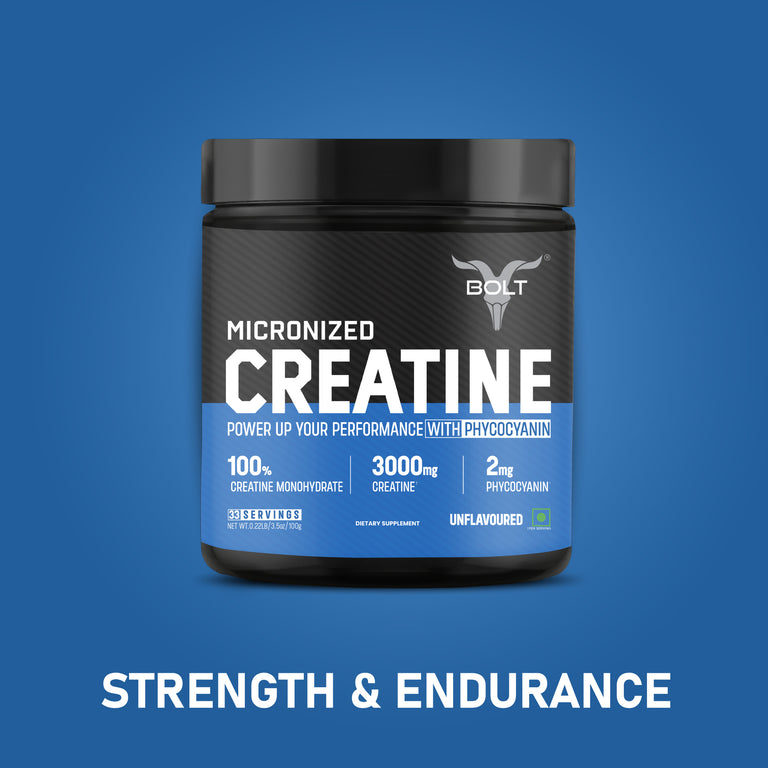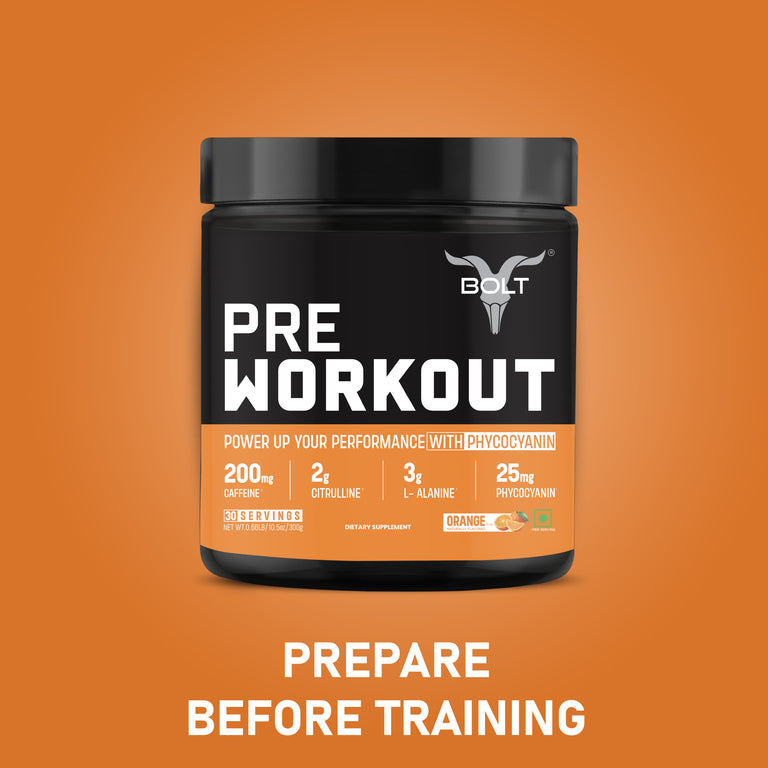
Running: Is It Really Beneficial For Your Health? The Risk Of Over-running
byRunning is apparently a healthy activity and generally, anything that keeps you moving and active, is beneficial for your overall health in comparison to a sedentary lifestyle. Too much running may, however, lead to injury.
Extensive vigorous exercise is not advisable for your health. Studies on what the safe limits are, are still prevalent. The case is that people who work out for too long and at higher intensities, may in fact be less healthier than people who don’t work out at all. Researches show that people who work out for long hours and too intensely, are more likely to die sooner than those that take part in moderate exercises.
Several studies have proved that working out with moderate intensity is (really) good but extensive exercise can lead to damaging. According to a study published in the European Heart Journal, based on a research where the hearts of a 108 chronic marathoners and sedentary people were looked at, the runners were found to have more coronary plaque build-up. This is an ultimatum for cardiovascular disease. It was also demonstrated that the health benefits may decrease when higher intensity and increased hours of exercises are practiced and that it’s more advantageous to exercise at a moderate intensity for a limited amount of time.
Outrageous exercising can lead to significant wear and tear on your body. While working out, you create oxidative stress in your body. Oxidative stress is basically an imbalance between the production of free radicals and that of the ability to counteract or detoxify the harmful effects of these free radicals through neutralization by antioxidants in your body. During a excessive workout, your body is forced to work hard to burn the stored sugar and fat to gain fuel. Free radicals are created in your body during this process which can bind with cholesterol to develop plaque build-up in your arteries that can then damage your cells. If you exercise with a more moderate intensity (and duration), your body doesn’t require to work that hard to gain fuel and to keep you going. Thus, this is thought to have less oxidative stress.
James O’Keefe, MD, demonstrated that intense exercising for prolonged hours can lead to excessive oxidative stress production which are capable of burning the antioxidants in your system and pre-disposing you to problems. Dr. O'Keeffe's article highlighted the dangers of excessive physical training. It was reported that intense and sustained chronic exercising can lead to a variety of heart disorders including atrial and ventricular arrhythmias. It was noted to be a 5-fold increase in the frequency of atrial fibrillation in professional endurance athletes in sports like marathon or ultramarathon running or trained cycling. There were facts supporting that intense endurance exercises often lead to elevation in biomarkers for myocardial injury.
Musculoskeletal injuries are another common problem in runners. As per estimations, 27% to 70% of runners undergo certain types of injuries at some point. Extremely repetitive, impactful, weight-bearing which occurs while running can lead to overuse type injuries. Such injuries usually occur when a structure is subjected to a large number of recurring forces at the knee, lower leg or foot. Insufficient recovery time in between training sessions for people who take part in excessive running may also induce an overuse injury. Repeated applied stresses which are lower than the tensile limit of a structure results to positive re-modelling if enough rest time is given between the stressful activities. No wonder why rest is so important!
It may be advantageous to decrease the running duration and frequency for decreasing the impact forces from the lower extremity and helping in decreasing the risk of injury. Extended rest periods should be practiced in order to facilitate healing or remodeling of the tissue to take place between sessions. Proximal core hip strength is required as well to manage the distal segments which helps to prevent injuries. If a joint of the lower extremity isn’t functioning right, injuries can take place at other joints and structures. Hip weakness can lead to knee and ankle overuse injuries and it is essential to add strengthening exercises to particularly strengthen weak hip muscles for offering better results to people with running injuries.







